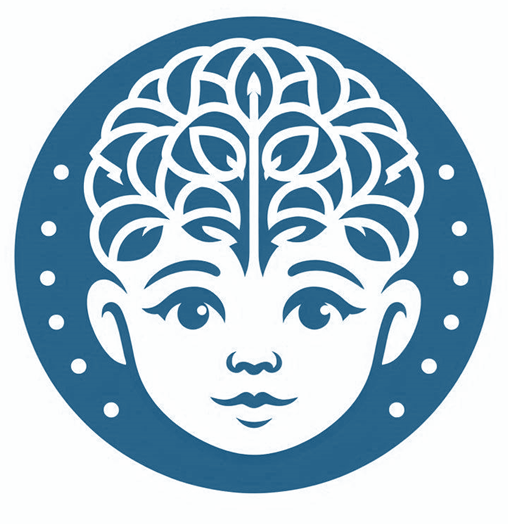Youtube link to a German TV documentation on our research:
Here is a auto-generated transcript of an Englisch translation of the clip:
What exactly is autism? Interpreting the symptoms correctly is a challenge even for experts. Therefore, two-and-a-half-year-old Lukas is participating in a study at the University Hospital Frankfurt as a so-called control child. He himself is developing normally so far. But what are the first signs of autism in early childhood? To investigate this precisely, the scientists at the Autism Research Center are studying the eye behavior of children. Do autistic individuals view their environment differently? What we want to find out is how the eye moves, and there seem to be certain differences between children with and without autism. For example, we know that children with autism look much less at social stimuli, such as emotional faces or biological movement. We know this very well. What we do not yet know so well is why this is the case.
This device, an eye tracker, is supposed to help. While Lukas follows the movements on the screen with his eyes, the eye tracker records how long his gaze lingers on certain faces and figures, how responsive his eyes are, where his attention stays the longest, and which emotions appeal to him. Initial results show that children with autism fixate their gaze longer on certain points. They have difficulty redirecting their attention, and the overall picture is missing. What we hope to gain from this is a better understanding of autism, perhaps identifying a marker in eye behavior that can indicate a diagnosis. Currently, we can only reliably diagnose autism based on behavior from the third year of life. The earlier the diagnosis, the sooner therapy can help.
In addition to eye movements, the Frankfurt researchers have found other clues in the brain. Clinic director Christine Freitag leads the Autism Therapy and Research Center. Her team examines the brain anatomy of autistic individuals using brain scans. Their neural networks are apparently wired differently. Could an earlier diagnosis improve the lives of those affected? The hypothesis is that early intervention could help compensate. However, recognizing the subtle differences in the brain is not easy. Neuroscientist Christine Egger uses pattern recognition software for this purpose. Algorithms analyze hundreds of brain scans and calculate probabilities that can predict autism. Early prediction is particularly important, for example, if there is already someone with autism in the family, as the likelihood is much higher. It would be interesting to start scanning siblings with autism early and then make predictions based on the models.
A computer-based diagnosis is still a thing of the future, and the analysis of eye movements needs more intensive research. However, the earlier the first signs of autism are detected, the faster therapies can be developed to help the children.

Leave a Reply
You must be logged in to post a comment.